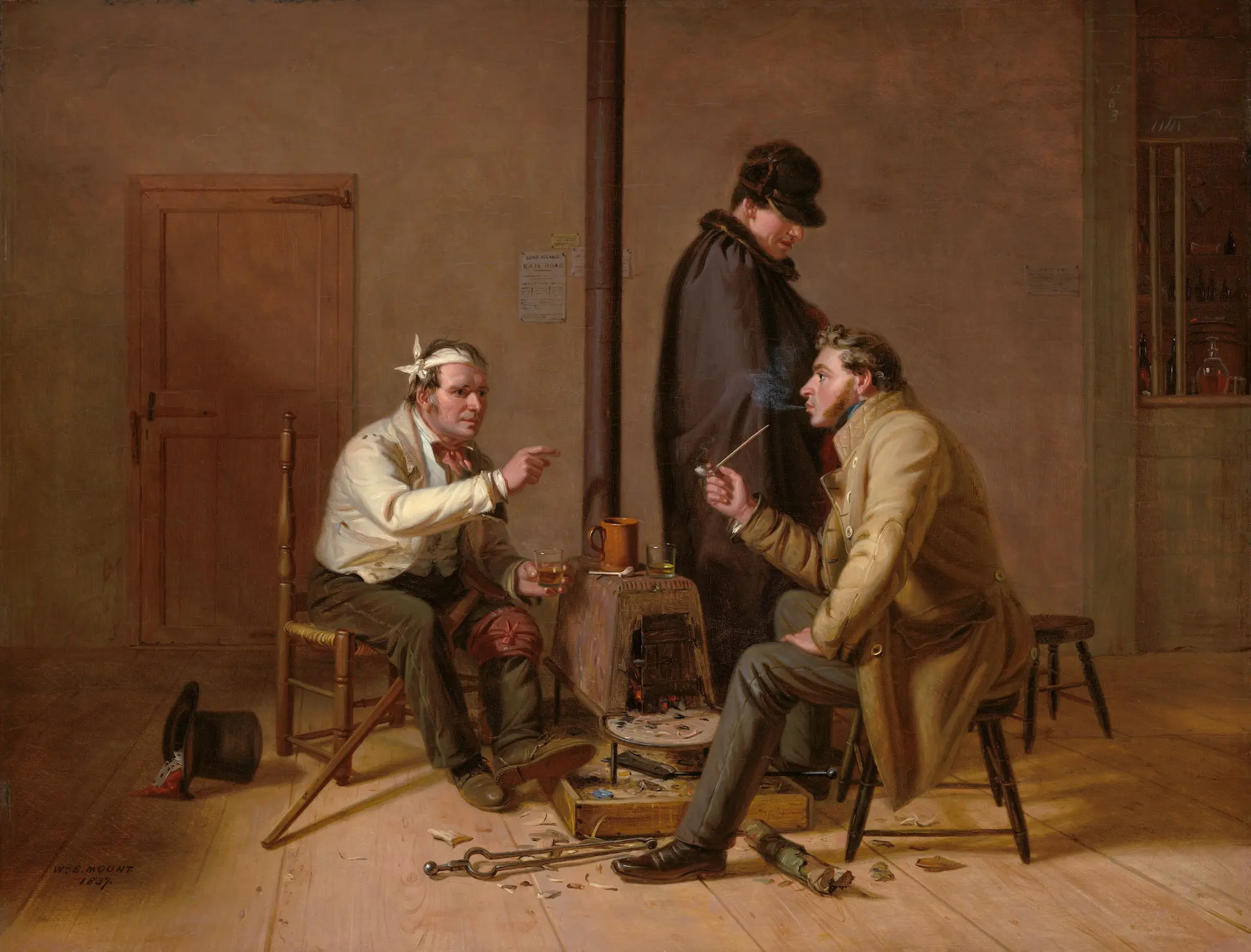
Study of Clouds over the Roman Campagna, by Pierre-Henri de Valenciennes
Your Destination
Thirty minutes ago: the calm droning of the red-eye from JFK to Los Angeles. The cabin lights dimmed. Two teenage sisters sleeping, in pastel sweatshirts, heads nestled, sharing a pair of earbuds linked to an iPhone. A pudgy man with light amber tinted aviators dressed in business casual, squinting at the spreadsheet on a Dell laptop. Scattered passengers watching Seinfeld or NCIS reruns on seatback screens. Flight attendants gossiping in the galley at the back of the plane. The desert below, as dark as it was in the nineteenth century, or, for that matter, the first.
Ten minutes ago: the chime of the flight attendant alert. A woman in a navy skirt and blazer, and then another, walking quickly from the rear towards the flight deck. The noise and movement awaken a few passengers. Then: three chimes. A third attendant, stone-faced, passes, his hands gripping the top of each alternate seat, like he’s climbing a ladder and needs maximum stability for maximum speed.
Seven minutes ago: The seatback screens flicker once, then again. Jerry Seinfeld, leaning against the counter, freezes while talking to George, reclining on the blue couch. A smattering of yellow call button lights blossom like wan dandelions overhead. Nobody comes to assist.
Five minutes ago: The overhead speakers crackle. The pilot’s flat midwestern voice says “Uh, folks… .” Then, a few seconds of silence. Then (no folks this time): “Stand by, please.”
Four minutes ago: The overhead lights illuminate the cabin. But it’s too early; there is 25 minutes left, and isn’t that still the desert below? The lights awaken more, who yawn and blink and look at their watches. Murmurs ripple down the aisles.
Two minutes ago: “Folks, it’s Captain Collins. Looks like we’re hearing about an electrical problem down in Los Angeles. We’re gonna monitor this, but we are still on schedule for an on-time landing at LAX. So, please sit tight and enjoy the flight. We’ll, uh, update you with more information as we get it.”
One minute ago: The seatback screens lose their images. “Please wait. Your entertainment will be available shortly.”
Now: The void of the Mojave desert, now with an occasional twinkling light, begins to give way to the inky peaks of the San Bernardino mountains. The plane glides over the mountains, and the billion lights of the Los Angeles basin sparkle like a terrestrial galaxy below.
One minute later: The seatbelt chime. “Folks, Captain Collins again. We’ve turned on the fasten seatbelt lights and ask that everyone return to their seats.”
Two minutes later: “Folks, we’re gonna ask that you stay calm and seated. Our Los Angeles flight control has told us that they are receiving word from New York that there has been what seems to be a systemic malfunction or cyber-attack on the electrical grid back east. Uh, right now we are still on track for our landing at LAX.”
The murmurs in the plane grow more animated. Everyone is now awake. Nobody’s cell phone works, of course; there is no LTE or 5G this high. In seat 12A, a clean-cut man (an air marshall) is speaking quietly into what looks like an old GPS, but in fact is a satellite phone. He has his hand over his mouth and is whispering urgently into the phone. He stops talking, and looks down at the greenish screen. The words “SATELLITE SIGNAL UNAVAILABLE” appear in a blocky text that looks like the output of a 1988 dot-matrix printer. He quietly puts the phone on his lap, face down, and blankly stares out of the window. The last word he heard was “EMP.” Electromagnetic pulse. A burst of energy that has taken out the US power grid back east.
Three minutes later: The San Bernardino mountains are behind the plane. Below, the celestial sprawl of greater Los Angeles, from San Bernardino in the east to the Pacific Ocean in the west. The countless lights range from a cool blue to a warm yellow. The lights suggest shopping centers, a baseball diamond, housing developments. The grid of roads and highways are filled with untold headlights, flowing like electrical blood cells through hundreds of illuminated veins and arteries.
One minute later: Like a crest of titanic dominoes falling, face down, half-mile squares of light clusters below go black, in a wave stretching from east to west. In less than one minute, all is black below, except for the white headlights and red taillights of the traffic (all streetlights have failed).
The plane lumbers through the air, still stable. Captain Collins glances at his fuel gauge and frowns. There is no longer any radio beacon. He is a 36-year veteran and has landed hundreds of planes without one.
The ground is 800 feet below. The earth below is as dark as the heavens above. Captain Collins knows of no way to land a plane this big where there is no airstrip, no landing LEDs, and no visible landing area.
Captain Collins and his flight officer exchange a glance but there is no need to talk. They know the odds of landing a plane blindly in a dense urban area.
Captain Collins mouths “goodbye” to his wife Emily, his kids Emma and Charlotte, and his dog, Milo, only 11 miles away but forever unreachable in the blackness below.
June 22, 2024
About the writer
Peter Rustin and his wife Leslie recently moved from Los Angeles to Peter’s native Connecticut, with their three rather intelligent cats. Peter is an attorney practicing remotely with his firm in Los Angeles. He plays guitar badly and drums decently. His work has been published in the Arboreal Literary Journal; Free Spirit; Assignment Literary Magazine; and the South Florida Poetry Journal.
Further considerations


Lament of the Perfectionist
I am building a boat in the basement // and there are still so many details to work out.

The Grief Lexicon
I opened your bag today. The orange one Mrs. A gave you on your last birthday, the one with the gold buckle you said made you “feel like a senator’s wife.” I don’t know why I was reaching for it.
